The coming backlash to journalism’s nichification
When the techlash erupted, it fused a number of once-distinct grievances: online harassment and hate, the maddening working conditions of the gig economy, a proliferation of disinformation, cascading privacy breaches…and more. The combined weight of these frustrations led to a popular indictment of an ideological pillar of the known tech world. People increasingly rejected digital platforms’ sweet promises to build a thriving and democratic digital community atop a commercial model now known as surveillance capitalism.
Perhaps 2022 will be the year when something similar happens around digital journalism. It is becoming more apparent there are deep problems with the basic news and informational infrastructure in the United States.
Most of today’s journalism finds itself downstream of surveillance capitalism. It’s not that most important news outlets are organized singularly around the goal of collecting data for ads. But they must survive in a media environment structured around this economic paradigm. From legacy news outlets to newsletter scribblers to nonprofits, whether they depend on ad revenue or subscriptions or membership, all types of news sites feel the pull of incentives to develop loyal, niche audiences rather than more heterogeneous ones.
We may start to see the stirrings of rebellion against the political and economic choices that have led to the “nichification” of journalism — a news economy that incentivizes only the pursuit of relatively homogenous and segregated news audiences.
The problem is not the growth of niche news outlets themselves. Democracies need a plethora of forums and publications devoted to particular interest groups and perspectives. Let a million flowers bloom. But 2022 may bring us closer to confronting the lack of resources for news and media forums that bring together broad and diverse publics on local and national levels.
Niche journalism echoes some of the same promises that targeted advertising does. To justify the construction of a vast digital architecture for collecting personal data and delivering sophisticated targeted ads, the ad industry had to tell a compelling story. Data-driven advertising, they said, would simply deliver people more of what they wanted. Targeting would mean users see ads more relevant to their own interests. The ad business would be more efficient and thus continue to subsidize news and culture. Everybody wins.
That story, of course, obscured many of the consequences of such a digital architecture.
Targeted advertising does much more than simply match us with ads that fit our existing preferences. It profiles us, then cultivates tastes and structures opportunities in line with these profiles. In a 2011 book, Joe Turow illustrated this by invoking a fictional, downwardly mobile, middle-class family. Members of this family receive targeted ads and discount coupons for fast-food restaurants and other goods that marketing algorithms predict fit with their profile. This family doesn’t receive the same discounts for organic grocers or promotions for prestigious colleges that would follow more affluent members of their community across the web.
Stratification and segmentation are performing comparable — though likely more consequential — work in the news industry. To survive under present conditions, news organizations focus on promoting themselves, and adjusting the sensibility of their coverage, to audience profiles deemed most lucrative and easiest to mobilize. As Nikki Usher documents in her provocative new book, the audience segments most favored in this context tend to be rich, white, and “blue” (i.e., Democrats). As with advertising, the nichification of journalism doesn’t simply cater to existing differences in news consumers’ interests. It reinforces and magnifies such differences.
Some communities become news deserts as local reporting resources dry up. At the same time, many people find they don’t fit into the demographics pursued by leading national media. For some communities, right-wing outlets make a play to fill the void. These outlets become the only ones telling stories of public life in tones calibrated to speak to the tastes and social identities of people and communities profiled as conservative. This inevitably includes many who don’t hold hardened conservative views, but who encounter no one else offering narratives of political life that even try to speak to their experiences and tap into their familiar vernaculars.
In 2022, the problems with a media economy that demands the segmentation of news audiences will be harder to miss. As we face calamitous threats to democracy and other crises, there will be an increasing recognition that narrow political victories offer insufficient solutions to these problems. Broader shifts in political common sense are necessary. Democratic news infrastructure is a necessary condition to support informed publics capable of making such shifts.
But, alas, a coming niche-lash is more hope than sober prediction.
Anthony Nadler is Associate Professor of Media and Communication Studies at Ursinus College.

When the techlash erupted, it fused a number of once-distinct grievances: online harassment and hate, the maddening working conditions of the gig economy, a proliferation of disinformation, cascading privacy breaches…and more. The combined weight of these frustrations led to a popular indictment of an ideological pillar of the known tech world. People increasingly rejected digital platforms’ sweet promises to build a thriving and democratic digital community atop a commercial model now known as surveillance capitalism.
Perhaps 2022 will be the year when something similar happens around digital journalism. It is becoming more apparent there are deep problems with the basic news and informational infrastructure in the United States.
Most of today’s journalism finds itself downstream of surveillance capitalism. It’s not that most important news outlets are organized singularly around the goal of collecting data for ads. But they must survive in a media environment structured around this economic paradigm. From legacy news outlets to newsletter scribblers to nonprofits, whether they depend on ad revenue or subscriptions or membership, all types of news sites feel the pull of incentives to develop loyal, niche audiences rather than more heterogeneous ones.
We may start to see the stirrings of rebellion against the political and economic choices that have led to the “nichification” of journalism — a news economy that incentivizes only the pursuit of relatively homogenous and segregated news audiences.
The problem is not the growth of niche news outlets themselves. Democracies need a plethora of forums and publications devoted to particular interest groups and perspectives. Let a million flowers bloom. But 2022 may bring us closer to confronting the lack of resources for news and media forums that bring together broad and diverse publics on local and national levels.
Niche journalism echoes some of the same promises that targeted advertising does. To justify the construction of a vast digital architecture for collecting personal data and delivering sophisticated targeted ads, the ad industry had to tell a compelling story. Data-driven advertising, they said, would simply deliver people more of what they wanted. Targeting would mean users see ads more relevant to their own interests. The ad business would be more efficient and thus continue to subsidize news and culture. Everybody wins.
That story, of course, obscured many of the consequences of such a digital architecture.
Targeted advertising does much more than simply match us with ads that fit our existing preferences. It profiles us, then cultivates tastes and structures opportunities in line with these profiles. In a 2011 book, Joe Turow illustrated this by invoking a fictional, downwardly mobile, middle-class family. Members of this family receive targeted ads and discount coupons for fast-food restaurants and other goods that marketing algorithms predict fit with their profile. This family doesn’t receive the same discounts for organic grocers or promotions for prestigious colleges that would follow more affluent members of their community across the web.
Stratification and segmentation are performing comparable — though likely more consequential — work in the news industry. To survive under present conditions, news organizations focus on promoting themselves, and adjusting the sensibility of their coverage, to audience profiles deemed most lucrative and easiest to mobilize. As Nikki Usher documents in her provocative new book, the audience segments most favored in this context tend to be rich, white, and “blue” (i.e., Democrats). As with advertising, the nichification of journalism doesn’t simply cater to existing differences in news consumers’ interests. It reinforces and magnifies such differences.
Some communities become news deserts as local reporting resources dry up. At the same time, many people find they don’t fit into the demographics pursued by leading national media. For some communities, right-wing outlets make a play to fill the void. These outlets become the only ones telling stories of public life in tones calibrated to speak to the tastes and social identities of people and communities profiled as conservative. This inevitably includes many who don’t hold hardened conservative views, but who encounter no one else offering narratives of political life that even try to speak to their experiences and tap into their familiar vernaculars.
In 2022, the problems with a media economy that demands the segmentation of news audiences will be harder to miss. As we face calamitous threats to democracy and other crises, there will be an increasing recognition that narrow political victories offer insufficient solutions to these problems. Broader shifts in political common sense are necessary. Democratic news infrastructure is a necessary condition to support informed publics capable of making such shifts.
But, alas, a coming niche-lash is more hope than sober prediction.
Anthony Nadler is Associate Professor of Media and Communication Studies at Ursinus College.
Joanne McNeil

Catalina Albeanu

Robert Hernandez

Jennifer Coogan

Mario García
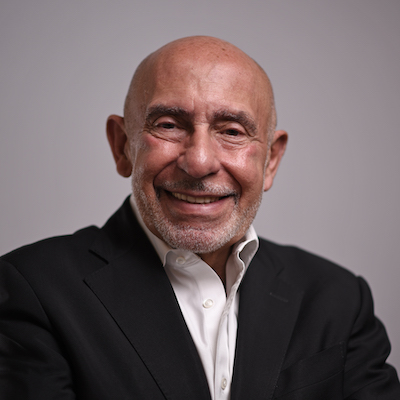
Mary Walter-Brown

Izabella Kaminska

Cindy Royal

Tony Baranowski

Tom Trewinnard

Stephen Fowler

Shannon McGregor Carolyn Schmitt

Joy Mayer

Cristina Tardáguila

Tamar Charney

David Skok

Cherian George
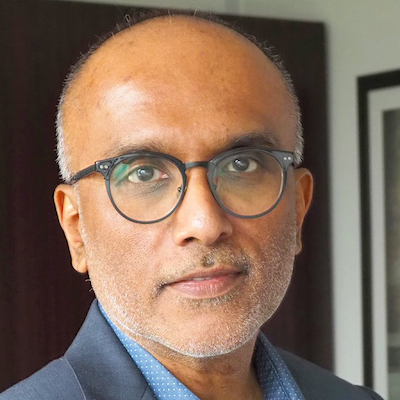
John Davidow

AX Mina

Anika Anand

Simon Allison

Julia Munslow

Wilson Liévano

Jim Friedlich
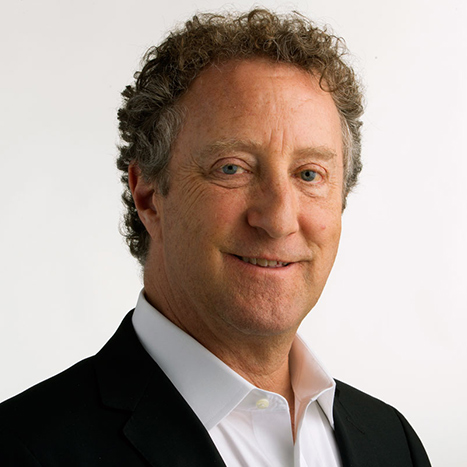
Raney Aronson-Rath

Melody Kramer

Julia Angwin

Jody Brannon

Laxmi Parthasarathy

Mike Rispoli

Larry Ryckman

Don Day

Jesse Holcomb

Meena Thiruvengadam

Mandy Jenkins

Sarah Marshall

Kendra Pierre-Louis

Daniel Eilemberg

S. Mitra Kalita

David Cohn

Joshua P. Darr

Christoph Mergerson

Gabe Schneider

Matt DeRienzo

Richard Tofel

A.J. Bauer

Christina Shih

Kristen Jeffers

Juleyka Lantigua

Andrew Freedman

Rachel Glickhouse

Stefanie Murray

Megan McCarthy

Simon Galperin

Anthony Nadler

Chase Davis

Errin Haines

Jonas Kaiser

Zizi Papacharissi

Jesenia De Moya Correa
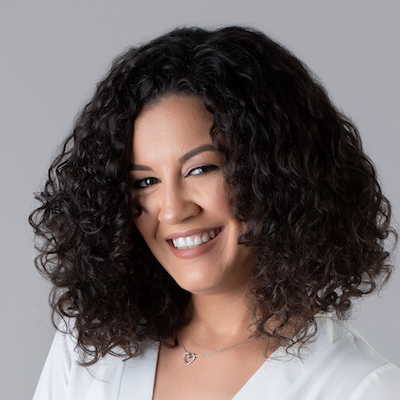
James Green

Parker Molloy

Burt Herman
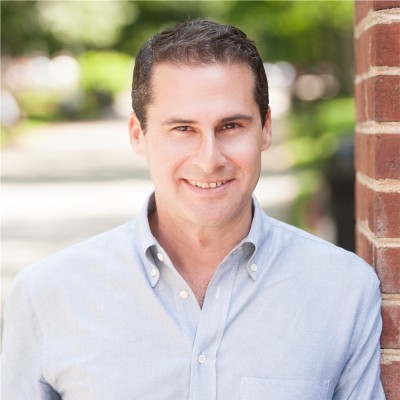
Millie Tran

Shalabh Upadhyay

Natalia Viana

Whitney Phillips

Ståle Grut

Matthew Pressman

Chicas Poderosas

Jessica Clark

Paul Cheung

Joni Deutsch

Gonzalo del Peon

Jennifer Brandel

Michael W. Wagner

Joe Amditis

j. Siguru Wahutu

Gordon Crovitz

Doris Truong

Janelle Salanga

Kathleen Searles Rebekah Trumble

Kerri Hoffman
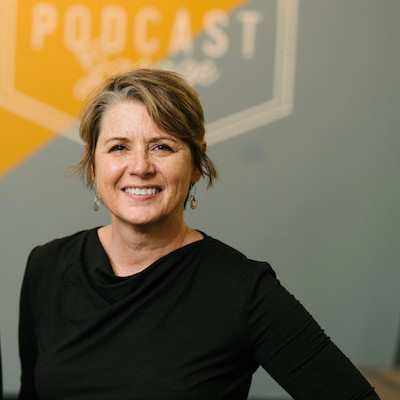
Sarah Stonbely

Amy Schmitz Weiss

Ariel Zirulnick

Anita Varma

Matt Karolian
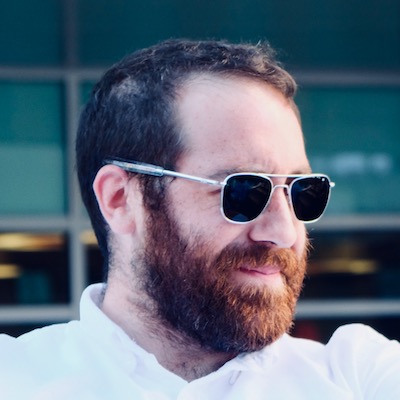
Sam Guzik

Amara Aguilar

Moreno Cruz Osório

Francesco Zaffarano

Rasmus Kleis Nielsen

Candace Amos

Brian Moritz

Nikki Usher

Victor Pickard

Eric Nuzum

Alice Antheaume

Kristen Muller
